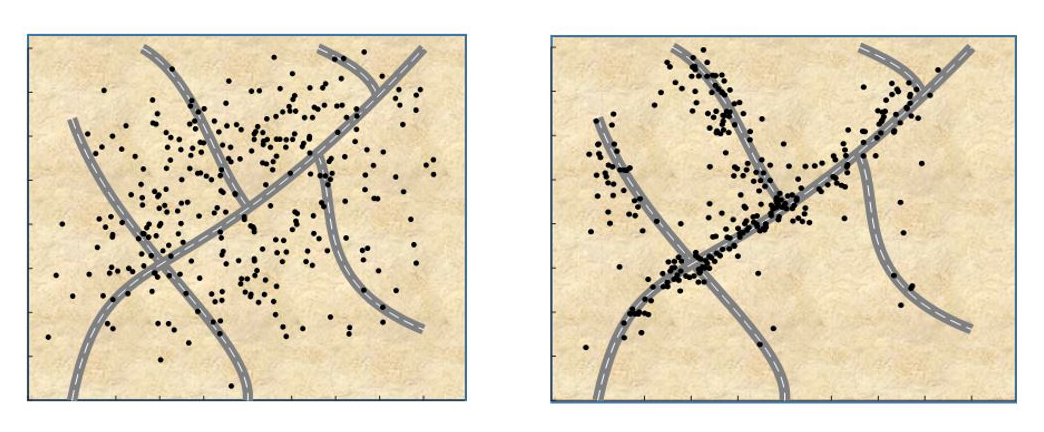AFRL Aerospace Systems Directorate granted patent for precision ballistic airdrop apparatus, method
WRIGHT-PATTERSON AIR FORCE BASE, Ohio – Employees with the Air Force Research Laboratory (AFRL) Aerospace Systems Directorate here have received a patent for developing an enhanced precision ballistic airdrop apparatus and method technology.
“This technology provides a low-cost method of improving the accuracy of airdropped supplies to ground troops while keeping aircraft and crew out of harm’s way,” said Dr. David Doman, a principal aerospace engineer with the Aerospace Systems Directorate.
The patent was granted in August 2019 and the concept of this new design allows packages to be dropped from a high altitude while utilizing existing hardware in a new way.
“The idea started from the observation that the armed forces could benefit from something in-between low-cost World War II era ballistic parachutes, and highly accurate, but expensive, guided parafoils,” said Dr. Adam Gerlach, a research aerospace engineer with the Aerospace Systems Directorate.
When packages are released, they are stabilized by a low-drag drogue chute for most of the fall before transitioning to a high-drag main parachute. AFRL’s new approach exploits differences in the effects of wind on the main chute and the drogue.
“The wind field is used as a source of control power to shape the path of the fall in a beneficial way,” Doman said. “We choose the direction of approach of the aircraft toward the release point to obtain as much useful control power from the wind field as possible to reduce the effect of scatter due to differences in package release time from the aircraft. After the packages exit the aircraft, our method of timing of the transition from drogue to main parachute, allows for some ability to shape the distribution of the impact of packages on the ground.”
Aerospace Systems Directorate engineers utilized the fact that for a given wind field and package, every possible transition altitude can be mapped to an impact point on the ground.
“We have developed a fast physics-based method that can compute the best transition altitudes to cause the packages to cluster in desired locations on the ground,” Gerlach said. “The algorithms can be run prior to the release from the aircraft and the transition altitudes can be uploaded to the packages shortly before the drop. For even better control over the impact distribution, the algorithms can also be run in real-time onboard the packages as they fall.”
This low-cost method of safely dropping supplies began as a lab task and was transformed into a program by AFRL scientists and engineers dedicated to enhancing the Air Force mission.
“Applying mathematics and engineering principles to solve problems of importance to the nation is deeply satisfying,” Doman said.
Photo Illustration: Simulation results illustrating the ability of the approach to cluster packages near a road network. In the figure on the left, all packages transitioned from drogue to main parachute at the same altitude. In the figure on the right, the transition altitude for each package was selected so that the wind field shaped the flight path so that each package landed as close as possible to a road.

Simulation results illustrating the ability of the approach to cluster packages near a road network. In the figure on the left, all packages transitioned from drogue to main parachute at the same altitude. In the figure on the right, the transition altitude for each package was selected so that the wind field shaped the flight path so that each package landed as close as possible to a road. (Courtesy illustration)
